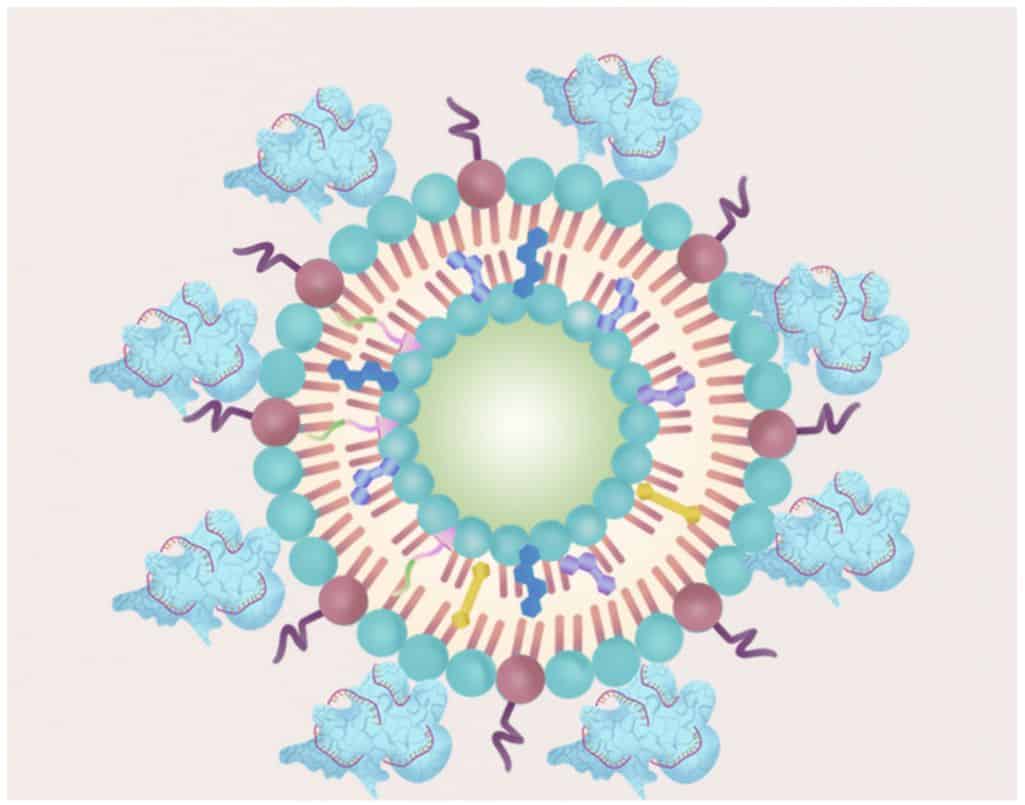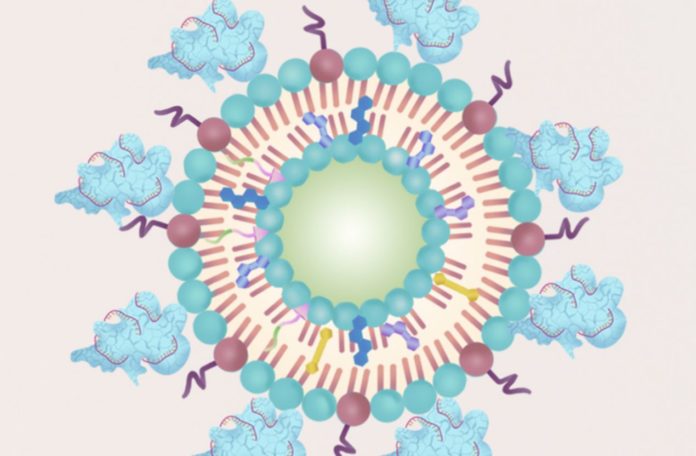Sonodynamic therapy combines the use of ultrasound and drugs to release potentially dangerous reactive oxygen species (ROS) at the site of a tumor.
The treatment, however, is ineffective because cancer cells can stimulate antioxidant defense systems to fight it.
Now, a study in ACS Central Science says that CRISPR/Cas9 gene editing has broken through these defenses, allowing sonodynamic therapy to work well in a mouse model of liver cancer.
The most common type of liver cancer, hepatocellular carcinoma, has a dismal prognosis, and surgical treatment that involves removing part of the liver or transplanting a healthy liver is not appropriate for people with advanced illness.
Sonodynamic treatment may be an effective, non-invasive technique to treat hepatocellular cancer due to its ability to reach deep within tissues. However, cancer cells can now evade therapy by activating a gene called nuclear factor erythroid 2-related factor 2 (NFE2L2), which activates the cells’ detoxification and antioxidant enzyme defenses. CRISPR/Cas9 gene-editing technology has been employed in the lab to reduce gene expression.
So, Wei Feng, Huixiong Xu, Yu Chen, and colleagues wondered if they could improve the efficacy of sonodynamic therapy by using this technology to lower NFE2L2 expression.
The researchers began by encapsulating the CRISPR/Cas9 system and a ROS precursor molecule in lipid nanoparticles. The nanoparticles were then applied to hepatocellular cancer cells in a petri dish. Lysosomes in the cells absorbed the lipid nanoparticles. ROS were formed as a result of the ultrasound therapy, which disrupted lysosomes and allowed the CRISPR/Cas9 system to reach the nucleus and knock down NFE2L2 gene expression. Other cellular components were also harmed by the ROS. As a result, the sonodynamic therapy killed considerably more cancer cells than the NFE2L2 gene editing alone.
The nanoparticle treatment was then administered to animals having human hepatocellular carcinoma tumors implanted. After 15 days of combined nanoparticle and ultrasound treatment, all tumors in the mice vanished and did not reappear.
The addition of the CRISPR/Cas9 system greatly enhanced the therapy’s effectiveness. Mice treated with sonodynamic therapy alone developed fewer tumors than untreated mice, but the addition of the CRISPR/Cas9 system significantly improved the therapy’s effectiveness.

The researchers claim that because genome editing happens exclusively in tumor tissues when exposed to ultrasonic irradiation, it will not result in gene alterations in healthy tissues.
Source: 10.1021/acscentsci.1c01143
Image Credit: Adapted from ACS Central Science 2021
You were reading: CRISPR/Cas9 gene-editing kills more deadly cancer cells than NFE2L2 gene editing alone
